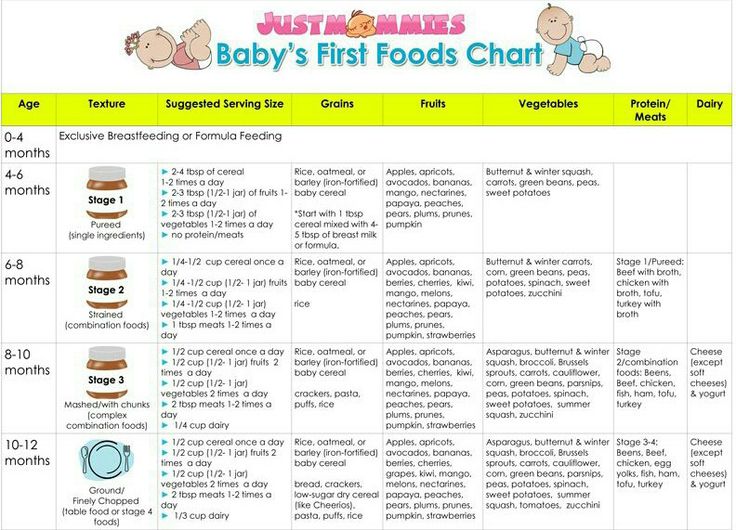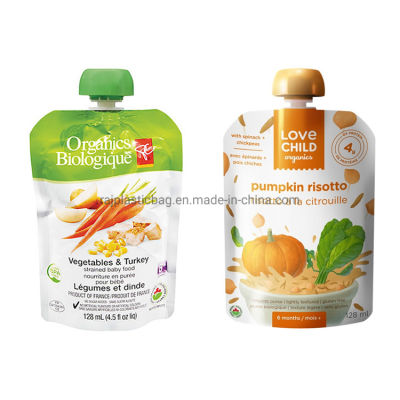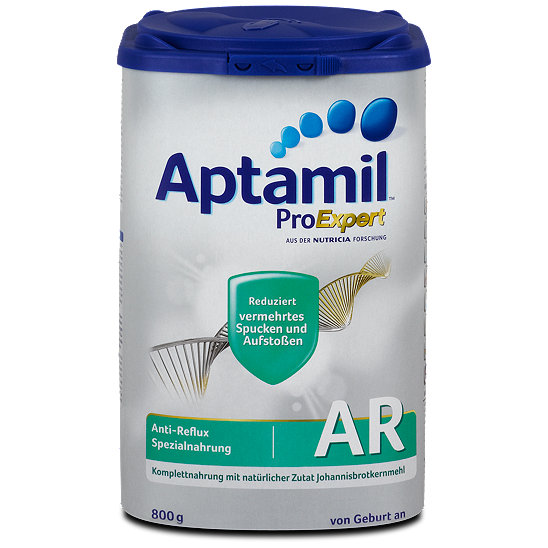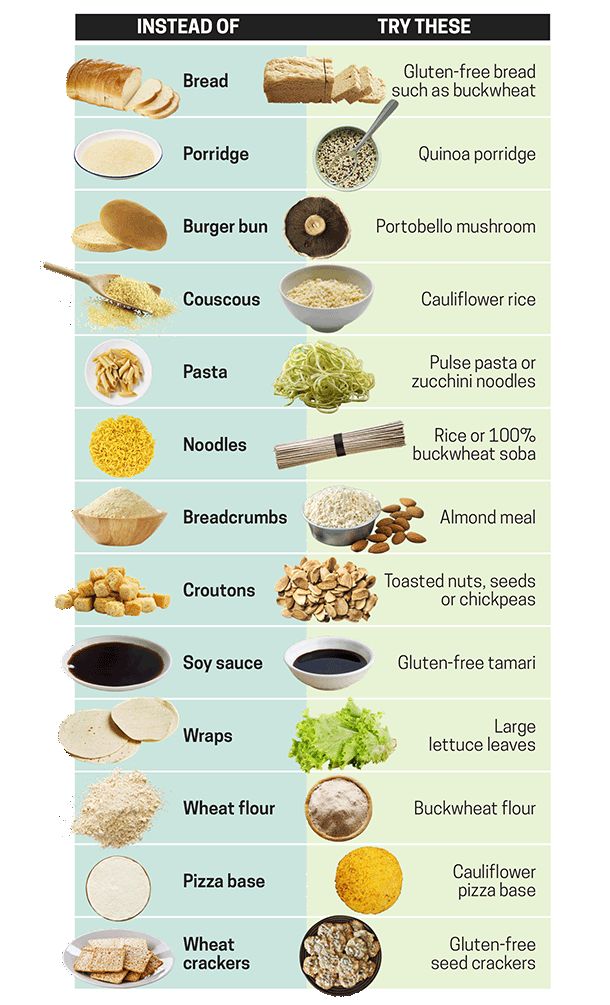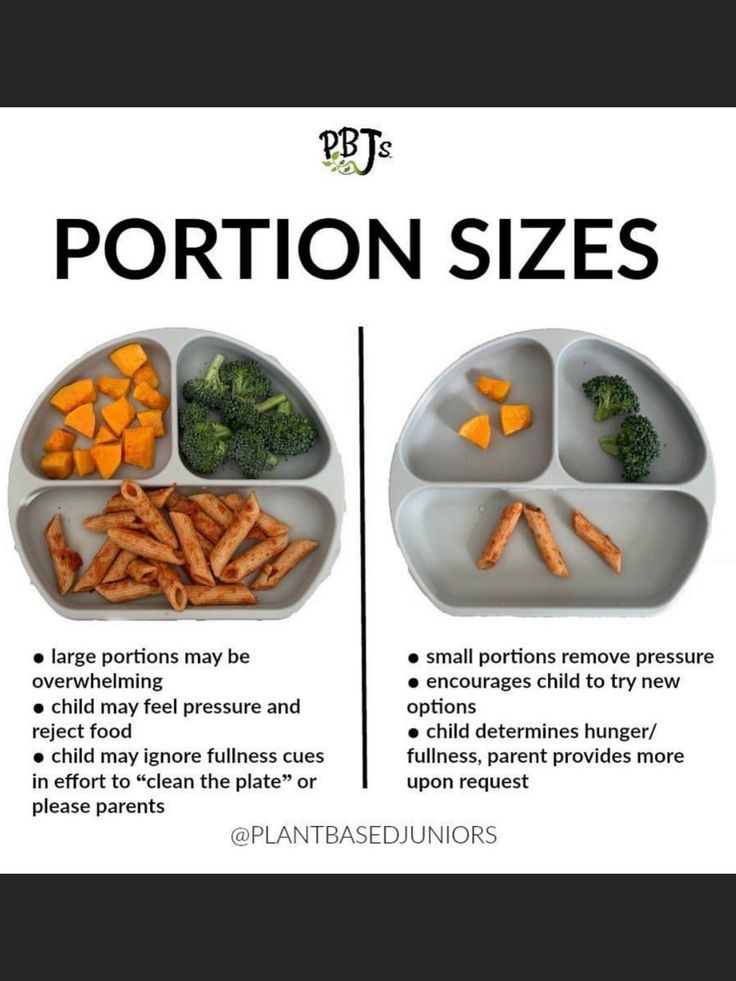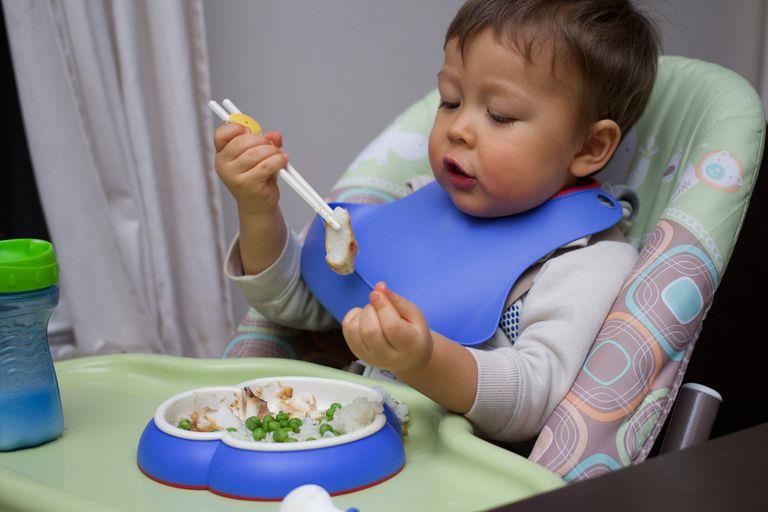Food milestones for babies
Solids, Finger Foods, and More
Written by Gina Shaw
In this Article
- Baby Milestone 1: When They Can Start Solids
- Baby Milestone 2: When They’re Ready to Move From Puree to Chunks
- Baby Milestone 3: When They Can Sit in a High Chair
- Baby Milestone 4: When They Can Manage Finger Foods
- Baby Milestone 5: When They Start Using Spoons
- Baby Milestone 6: When They Can Try Highly Allergenic Foods
- Baby Milestone 7: When They Can Drink Water
- Baby Milestone 8: When They Can Completely Feed Themselves
There are many milestones that need to be achieved when a baby is ready to start to eat solid foods. Here are some of the big ones.
Baby Milestone 1: When They Can Start Solids
Most pediatricians, and the American Academy of Pediatrics, recommend introducing solid foods to babies when they are between ages 4 and 6 months. That’s when they start to lose the “tongue-thrust reflex” or extrusion reflex, which is important for sucking the breast or bottle when they are younger, but interferes with feeding. Babies at this point can also lift their heads up independently and hold their necks high.
If your baby is around this age, can sit up well with support, and shows interest in the foods they see you eating, it’s probably a good time to venture into feeding your baby solid food. If your baby is exclusively breastfed, it is recommended that you wait until they are 6 months to start solids.
Baby Milestone 2: When They’re Ready to Move From Puree to Chunks
“Chunking up” babies’ food is a process -- obviously, they shouldn’t go straight from rice cereal to raisin bran. But after the first few weeks of adjusting to eating rather than just drinking their food, your baby should be ready to handle a little more texture in solid foods.
Introduce new textures slowly. Good starters are mashed bananas or mashed avocados. You can also use the “staged” store-bought baby foods -- going from the smooth puree of stage 1 to the slightly thicker stage 2 and then the chunkier stage 3 by around 9 months of age. (Babies don’t necessarily have to have a lot of teeth to handle more texture in their foods -- they can often gum soft foods very well!)
(Babies don’t necessarily have to have a lot of teeth to handle more texture in their foods -- they can often gum soft foods very well!)
Baby Milestone 3: When They Can Sit in a High Chair
When babies are ready to eat solid foods, they can sit upright with support and hold up their head and neck. They're capable of sitting in a high chair! That's a serious milestone, but you'll need to follow these safety rules: Always buckle a baby into their chair for safety, even if they are unable to get out with the tray in place. As they get older and become more active, they may be able to squirm out. It is a good habit to buckle a child as soon as you place them in their chair -- even if you think there's no chance they could fall out or climb out. You may get distracted for a moment, which happens really easily when we are trying to do a million things at once!
Baby Milestone 4: When They Can Manage Finger Foods
Babies between ages 7 and 11 months usually tell you they’re ready to eat more grown-up foods by trying to grab them from you. Almost any food that is healthy and nutritious and has a soft texture makes a good finger food, if it’s cut small enough: diced pasta; small pieces of well-cooked vegetables such as carrots, peas, or zucchini; and pea-sized bites of chicken or soft meat. Small, unsweetened round cereals and cereal puffs are also a good choice. Avoid feeding your baby grapes, hot dogs (even cut up), nuts, and hard candy, as they are choking hazards.
Almost any food that is healthy and nutritious and has a soft texture makes a good finger food, if it’s cut small enough: diced pasta; small pieces of well-cooked vegetables such as carrots, peas, or zucchini; and pea-sized bites of chicken or soft meat. Small, unsweetened round cereals and cereal puffs are also a good choice. Avoid feeding your baby grapes, hot dogs (even cut up), nuts, and hard candy, as they are choking hazards.
At first babies “rake” food into their hand, but soon they develop the “pincer grasp” that allows them to pick up small objects between thumb and forefinger. At that point, your baby can become a pro at self-feeding, so encourage finger foods and let your baby explore!
Baby Milestone 5: When They Start Using Spoons
Almost as soon as babies adjust to being fed with a spoon, they'll want to hold and grab the spoon themselves and put it in their mouths. That doesn't mean they're graceful, of course.
Most babies don’t learn to use a spoon effectively until after their first birthday, but let a younger baby who’s interested give it a whirl for practice. Try giving them a soft-tipped spoon to hold while you feed them with another. They can get used to holding the spoon themselves and will also be distracted from grabbing yours.
Try giving them a soft-tipped spoon to hold while you feed them with another. They can get used to holding the spoon themselves and will also be distracted from grabbing yours.
When you think they are ready to actually navigate the spoon into their mouth, try thicker, stickier foods like yogurt, mashed potatoes, or cottage cheese. Another tip: Put some cream cheese on the spoon and then a few pieces of O-shaped cereal on top. The cream cheese won’t fly everywhere, and the baby can get the experience of actually getting the cereal into their mouth.
Expect a mess! Use a plastic or other waterproof bib, and put a mat under the high chair to make cleanup easier.
Baby Milestone 6: When They Can Try Highly Allergenic Foods
The American Academy of Pediatrics recommends introducing allergenic and non-allergenic foods, including peanuts, starting around 4-6 months of age, except in babies who have eczema or other food allergies. If peanut butter is tolerated, introduce milk (after age 1), egg products, wheat, and fish.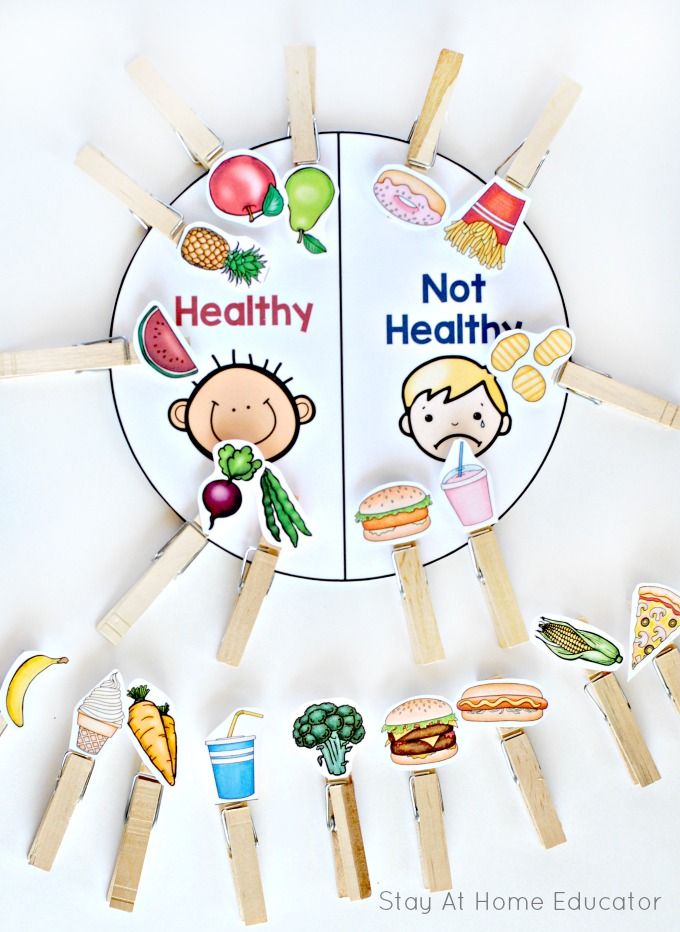
Baby Milestone 7: When They Can Drink Water
Babies don't need water during their first 6 months of life. They get all the water they need from breast milk or baby formula. Babies under age 6 months should not be given any water at all, because it’s easy to fill up their tiny stomachs -- and they should be filling up on the nutrients they receive from the milk to grow. Once they start eating mostly solid foods, around age 9 months, they can start water with meals using a sippy cup.
If your older baby shows an interest in water that you’re drinking, there’s no harm in letting them have a few sips. Just don’t let it replace the nutritious breast milk or formula they should be getting.
Baby Milestone 8: When They Can Completely Feed Themselves
Mastering eating with utensils is a long process. Most babies do not become really skilled at it until they are well past their first birthday. Encourage your child to practice safely, and again, be prepared for a little mess. (How else will you get the “oatmeal in the hair” pictures that will embarrass them years later?)
(How else will you get the “oatmeal in the hair” pictures that will embarrass them years later?)
Solids, Finger Foods, and More
Written by Gina Shaw
In this Article
- Baby Milestone 1: When They Can Start Solids
- Baby Milestone 2: When They’re Ready to Move From Puree to Chunks
- Baby Milestone 3: When They Can Sit in a High Chair
- Baby Milestone 4: When They Can Manage Finger Foods
- Baby Milestone 5: When They Start Using Spoons
- Baby Milestone 6: When They Can Try Highly Allergenic Foods
- Baby Milestone 7: When They Can Drink Water
- Baby Milestone 8: When They Can Completely Feed Themselves
There are many milestones that need to be achieved when a baby is ready to start to eat solid foods. Here are some of the big ones.
Baby Milestone 1: When They Can Start Solids
Most pediatricians, and the American Academy of Pediatrics, recommend introducing solid foods to babies when they are between ages 4 and 6 months.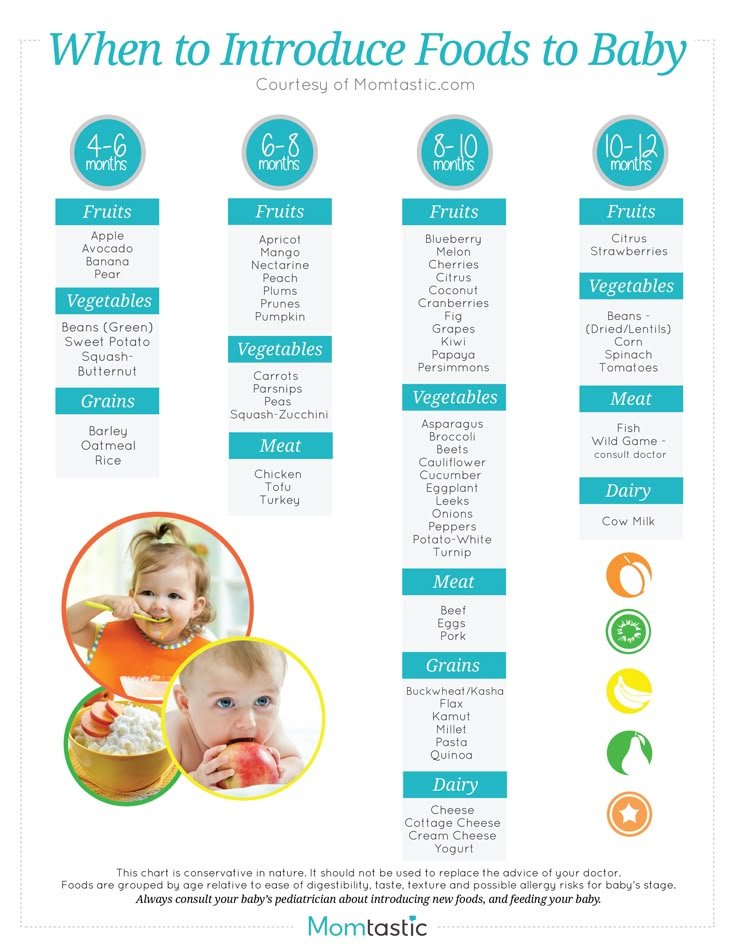 That’s when they start to lose the “tongue-thrust reflex” or extrusion reflex, which is important for sucking the breast or bottle when they are younger, but interferes with feeding. Babies at this point can also lift their heads up independently and hold their necks high.
That’s when they start to lose the “tongue-thrust reflex” or extrusion reflex, which is important for sucking the breast or bottle when they are younger, but interferes with feeding. Babies at this point can also lift their heads up independently and hold their necks high.
If your baby is around this age, can sit up well with support, and shows interest in the foods they see you eating, it’s probably a good time to venture into feeding your baby solid food. If your baby is exclusively breastfed, it is recommended that you wait until they are 6 months to start solids.
Baby Milestone 2: When They’re Ready to Move From Puree to Chunks
“Chunking up” babies’ food is a process -- obviously, they shouldn’t go straight from rice cereal to raisin bran. But after the first few weeks of adjusting to eating rather than just drinking their food, your baby should be ready to handle a little more texture in solid foods.
Introduce new textures slowly. Good starters are mashed bananas or mashed avocados.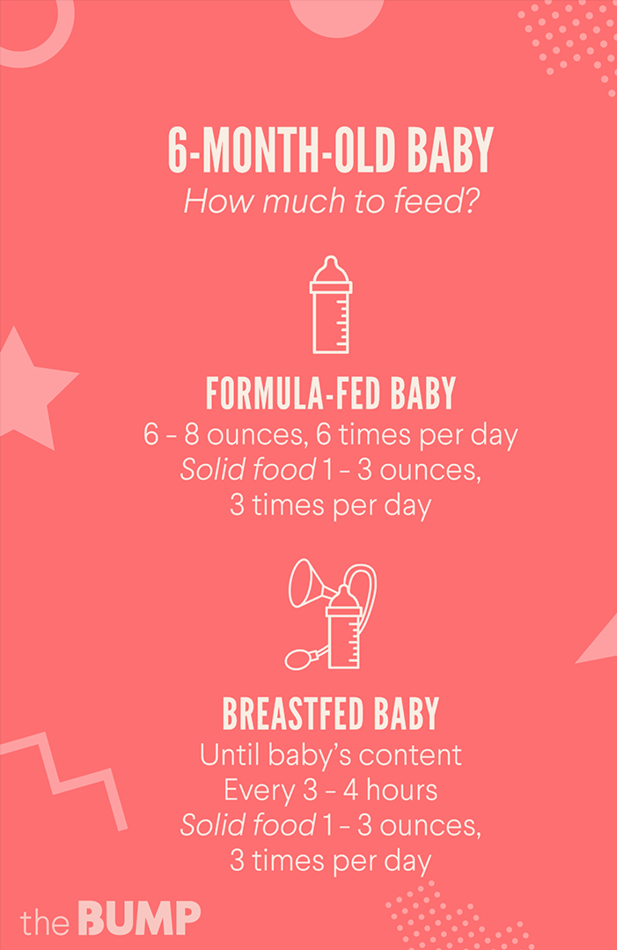 You can also use the “staged” store-bought baby foods -- going from the smooth puree of stage 1 to the slightly thicker stage 2 and then the chunkier stage 3 by around 9 months of age. (Babies don’t necessarily have to have a lot of teeth to handle more texture in their foods -- they can often gum soft foods very well!)
You can also use the “staged” store-bought baby foods -- going from the smooth puree of stage 1 to the slightly thicker stage 2 and then the chunkier stage 3 by around 9 months of age. (Babies don’t necessarily have to have a lot of teeth to handle more texture in their foods -- they can often gum soft foods very well!)
Baby Milestone 3: When They Can Sit in a High Chair
When babies are ready to eat solid foods, they can sit upright with support and hold up their head and neck. They're capable of sitting in a high chair! That's a serious milestone, but you'll need to follow these safety rules: Always buckle a baby into their chair for safety, even if they are unable to get out with the tray in place. As they get older and become more active, they may be able to squirm out. It is a good habit to buckle a child as soon as you place them in their chair -- even if you think there's no chance they could fall out or climb out. You may get distracted for a moment, which happens really easily when we are trying to do a million things at once!
Baby Milestone 4: When They Can Manage Finger Foods
Babies between ages 7 and 11 months usually tell you they’re ready to eat more grown-up foods by trying to grab them from you.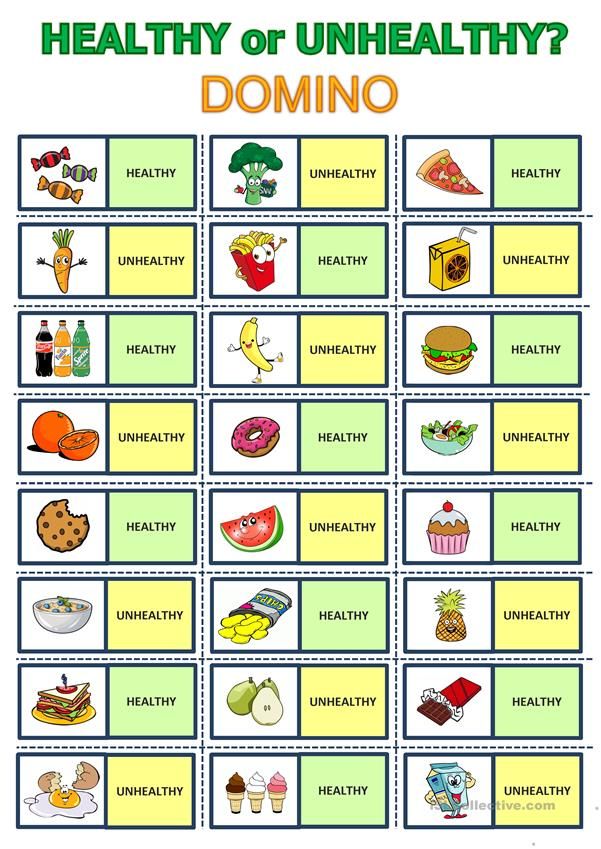 Almost any food that is healthy and nutritious and has a soft texture makes a good finger food, if it’s cut small enough: diced pasta; small pieces of well-cooked vegetables such as carrots, peas, or zucchini; and pea-sized bites of chicken or soft meat. Small, unsweetened round cereals and cereal puffs are also a good choice. Avoid feeding your baby grapes, hot dogs (even cut up), nuts, and hard candy, as they are choking hazards.
Almost any food that is healthy and nutritious and has a soft texture makes a good finger food, if it’s cut small enough: diced pasta; small pieces of well-cooked vegetables such as carrots, peas, or zucchini; and pea-sized bites of chicken or soft meat. Small, unsweetened round cereals and cereal puffs are also a good choice. Avoid feeding your baby grapes, hot dogs (even cut up), nuts, and hard candy, as they are choking hazards.
At first babies “rake” food into their hand, but soon they develop the “pincer grasp” that allows them to pick up small objects between thumb and forefinger. At that point, your baby can become a pro at self-feeding, so encourage finger foods and let your baby explore!
Baby Milestone 5: When They Start Using Spoons
Almost as soon as babies adjust to being fed with a spoon, they'll want to hold and grab the spoon themselves and put it in their mouths. That doesn't mean they're graceful, of course.
Most babies don’t learn to use a spoon effectively until after their first birthday, but let a younger baby who’s interested give it a whirl for practice.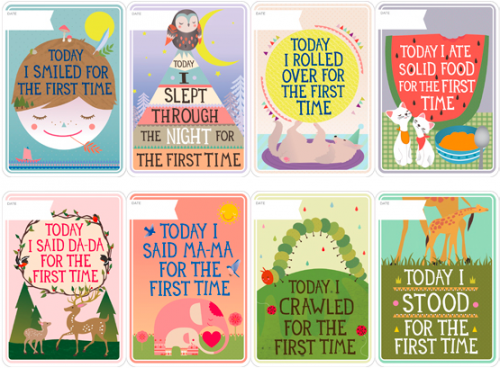 Try giving them a soft-tipped spoon to hold while you feed them with another. They can get used to holding the spoon themselves and will also be distracted from grabbing yours.
Try giving them a soft-tipped spoon to hold while you feed them with another. They can get used to holding the spoon themselves and will also be distracted from grabbing yours.
When you think they are ready to actually navigate the spoon into their mouth, try thicker, stickier foods like yogurt, mashed potatoes, or cottage cheese. Another tip: Put some cream cheese on the spoon and then a few pieces of O-shaped cereal on top. The cream cheese won’t fly everywhere, and the baby can get the experience of actually getting the cereal into their mouth.
Expect a mess! Use a plastic or other waterproof bib, and put a mat under the high chair to make cleanup easier.
Baby Milestone 6: When They Can Try Highly Allergenic Foods
The American Academy of Pediatrics recommends introducing allergenic and non-allergenic foods, including peanuts, starting around 4-6 months of age, except in babies who have eczema or other food allergies. If peanut butter is tolerated, introduce milk (after age 1), egg products, wheat, and fish.
Baby Milestone 7: When They Can Drink Water
Babies don't need water during their first 6 months of life. They get all the water they need from breast milk or baby formula. Babies under age 6 months should not be given any water at all, because it’s easy to fill up their tiny stomachs -- and they should be filling up on the nutrients they receive from the milk to grow. Once they start eating mostly solid foods, around age 9 months, they can start water with meals using a sippy cup.
If your older baby shows an interest in water that you’re drinking, there’s no harm in letting them have a few sips. Just don’t let it replace the nutritious breast milk or formula they should be getting.
Baby Milestone 8: When They Can Completely Feed Themselves
Mastering eating with utensils is a long process. Most babies do not become really skilled at it until they are well past their first birthday. Encourage your child to practice safely, and again, be prepared for a little mess.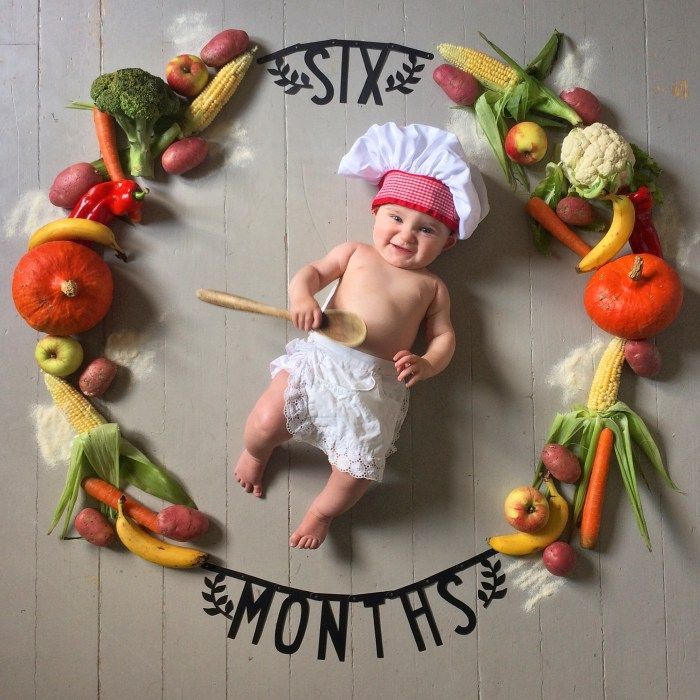 (How else will you get the “oatmeal in the hair” pictures that will embarrass them years later?)
(How else will you get the “oatmeal in the hair” pictures that will embarrass them years later?)
Foods, tips and meal plan for feeding your 9-month-old baby
By the time your baby is 9 months old, he or she has likely been eating solid foods in addition to breast milk or formula for several months.
Deciding what foods to feed your baby can be overwhelming, especially when you're probably already busy protecting your baby and absorbing more and more developmental milestones.
This article provides an overview of some of the best foods for your 9-month-old baby, as well as what foods to avoid so you can help your baby get all the necessary nutrients.
- Best Foods
- Foods to Avoid
- Calorie Needs
- Sample Menu
- Quick Ideas
- Tips
Even though your 9 month old is already eating food, his main source of nutrition should continue to come from either breast milk or formula. Any extra food can be considered extra until your child is 1 year old.
Any extra food can be considered extra until your child is 1 year old.
Some parents prefer to start with pureed foods when first introducing solid foods. At the same time, others may opt for a child-led weaning approach, which involves offering foods in solid form with an emphasis on allowing the child to self-feed.
If your baby is eating mashed potatoes, the American Academy of Pediatrics (AAP) recommends that you start offering textured foods and some harder foods that help your baby learn to chew around 8 months of age.
Some great foods to offer your 9 month old include:
- Fruits: bananas, soft pears, peaches, watermelon, cantaloupe, strawberries.
- Vegetables: soft cooked broccoli, carrots, green beans, sweet potatoes
- Protein: eggs, soft cooked or ground meats, tofu, ground beans, low mercury fish.
- Healthy fats: avocado, fish, olive oil, nut oil
- Iron foods: iron-fortified eggs, meat, fish, iron-fortified cereals, whole grain bread or pasta
Key nutrients for your baby healthy growth and development.
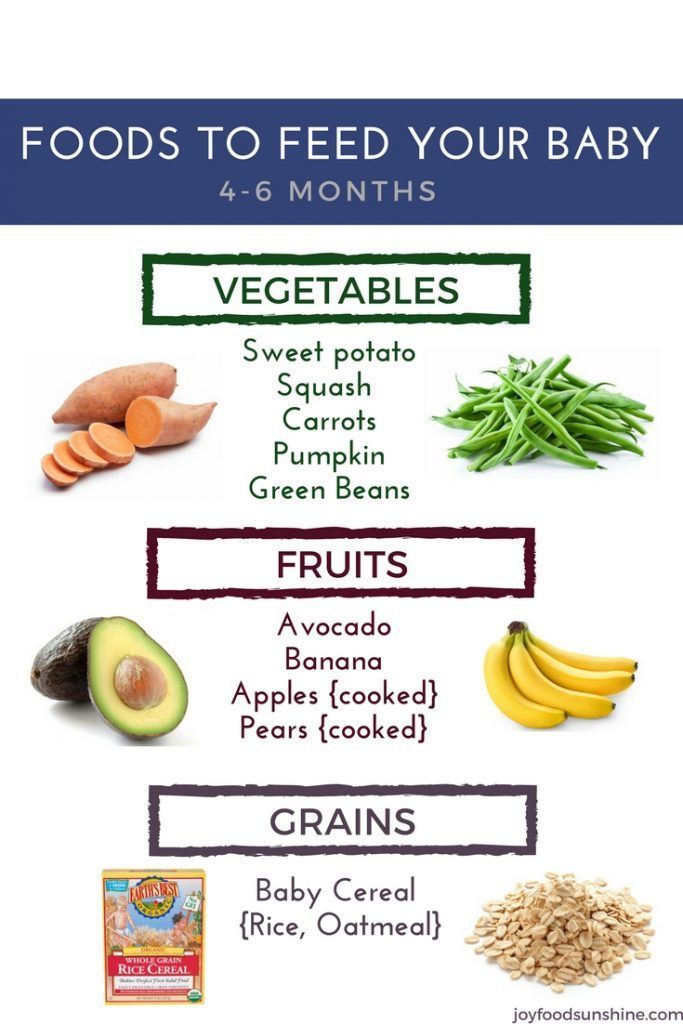
We offer you: Vegan parenting
Vitamin D plays an important role in bone health and may help build strong immune systems in infants, although more research is needed on the latter.
Infant formula is usually fortified with vitamin D. However, it is often recommended that breastfed infants take a supplement of 400 IU of vitamin D daily during their first year of life.
Because babies experience such rapid growth in their first year, they are at high risk of iron deficiency, which can lead to serious health consequences.
Iron supplements may be needed after the first 6 months. However, it may not be necessary if your baby regularly gets enough iron-rich food sources or drinks formula that is usually fortified with iron.
Healthy fats, especially omega-3 fatty acids, are also important for babies and young children. They contribute to the development and functioning of the brain, eyes and immune health.
General Information: By providing your baby with a variety of foods, you will provide him with various important nutrients, but remember that at this age, the main source of nutrition for him should still be breast milk or formula.

Foods to avoid
Although most foods can be given to babies if prepared and cut properly, some foods should be avoided in the first year of life. Some foods can cause food poisoning in toddlers, while others are considered choking hazards.
Here are our top 15 sources of plant-based protein
Here are some important foods you should not feed your 9-month-old baby:
- honey
- raw or undercooked meat, fish, or eggs
- fish high in mercury such as shark, swordfish and marlin
- added sugars
- salt and high sodium foods
- unpasteurized foods
- potential choking hazards such as whole grapes, whole nuts, raw fruits and vegetables
You may have heard that babies under 1 should not drink cow's milk. They still need to drink formula or breast milk to meet their nutritional needs.
They can mix milk into products like oatmeal or smoothies, but you can also use breast milk or formula.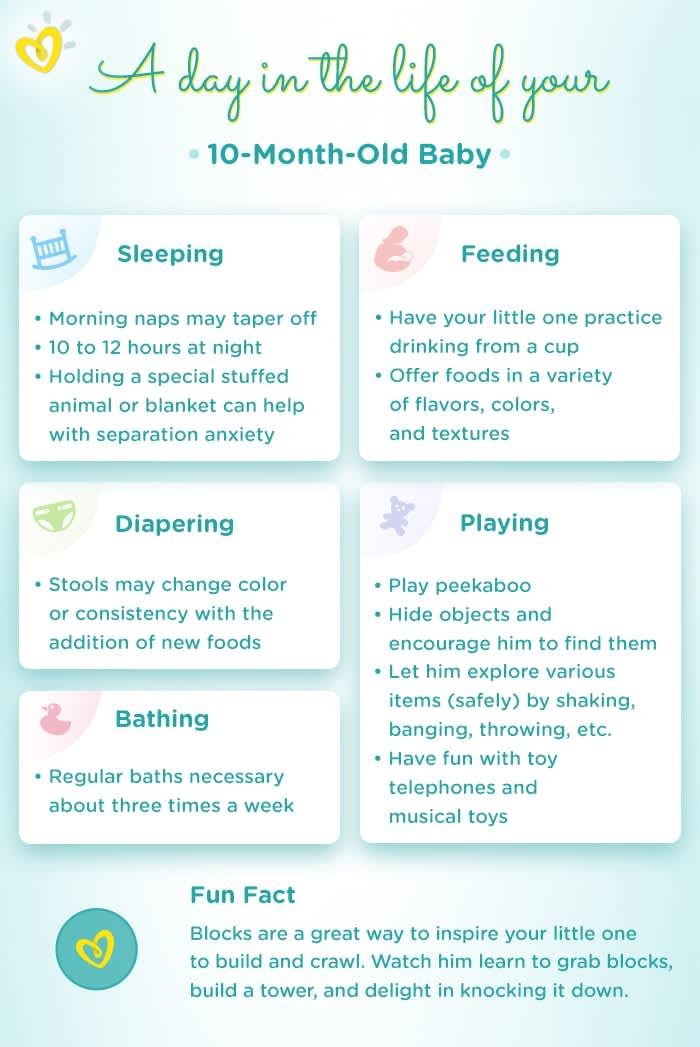
Babies should not be given added sugar as a substitute for more nutritious options. Also, too much sodium can harm their developing kidneys, so it's best to limit your salt intake.
General Information: It is important to avoid certain foods in the first year of life because they can cause food poisoning or choking, or may not be the best choice for their developing body.
How many calories does a 9-month-old baby need per day?
A 9-month-old baby needs 750-900 calories a day and about 400-500 should continue to come from breast milk or formula.
You don't need to track your child's calorie intake, but you may be wondering how much to offer at each meal and snack.
Babies will eat when they're hungry and stop when they're full, so you can let them decide how much they want to eat.
Your child is likely to show signs of feeling full, such as turning his head away from you or pushing food away, as well as signs that he is hungry, such as opening his mouth to eat or becoming aroused.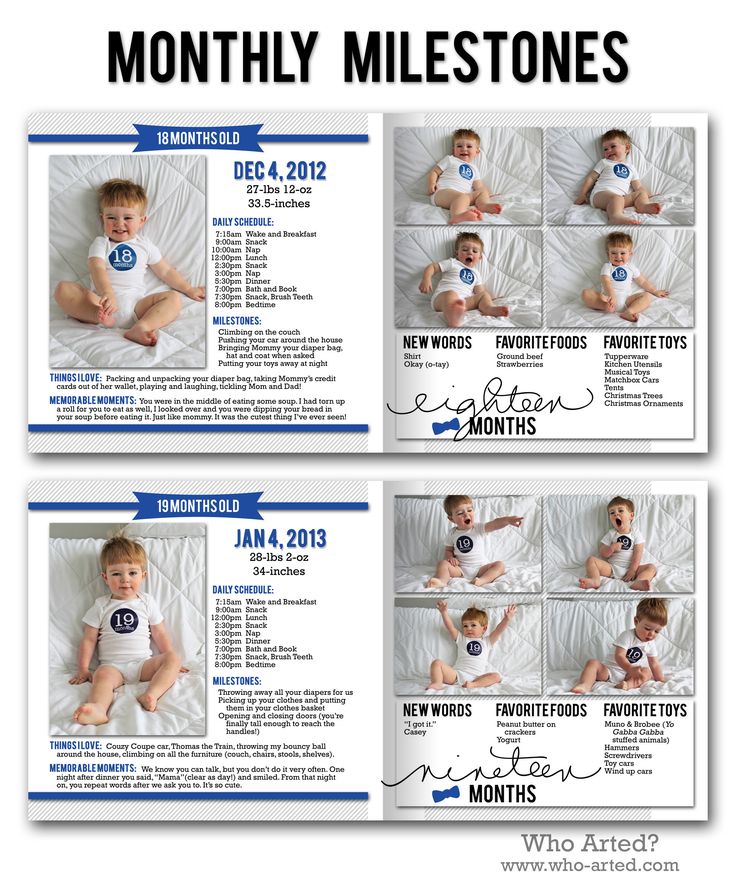
Here's to you: 28 Healthy Snacks Your Kids Will Love
General Information: A 9-month-old baby needs about 750-900 calories a day. Be sure to support regular feedings of formula or breast milk to help him meet his needs, and let your baby decide for himself when he is full at mealtimes.
It's normal for your baby's appetite to change from day to day. Remember that breast milk or formula should remain the main source of nutrition during the first year of life, and babies should get about 24 ounces (720 ml) of both daily.
At this age, you should also offer water with meals to encourage proper hydration and help flush out solid foods. At this age, babies should be getting about 4-8 ounces (0.5-1 cup) of water daily.
For other drinks, the AAP recommends sticking to water and breast milk or formula at this age and avoiding sugar-sweetened drinks and other beverages before age 2. Cow's milk or soy milk can be introduced after 12 months.
Here is a sample menu for a 9-month-old baby that includes three meals, snacks, and breast milk or formula:
Breast milk or formula
6 oz (177.4 ml)
Breakfast
- 2-4 oz (59.1-118.3 ml) iron-enriched ready-made cereal
- banana or other fruit (you can try cutting or mashing it and mix it into the cereal too)
- about one teaspoon of peanut butter, mixed cereal
Snack (optional)
One of the following:
- soft (or cooked) fruit
- curdled milk, whole milk yogurt
- teething biscuits
Breast milk or formula
6 oz.
Snack (optional)
One of the following options:
We offer you: Vegan diet for weight loss
- diced cheese
- Whole milk cottage cheese
- soft (or cooked) fruit
breast milk or formula
6 oz. peas
Breast milk or formula
6 oz (177.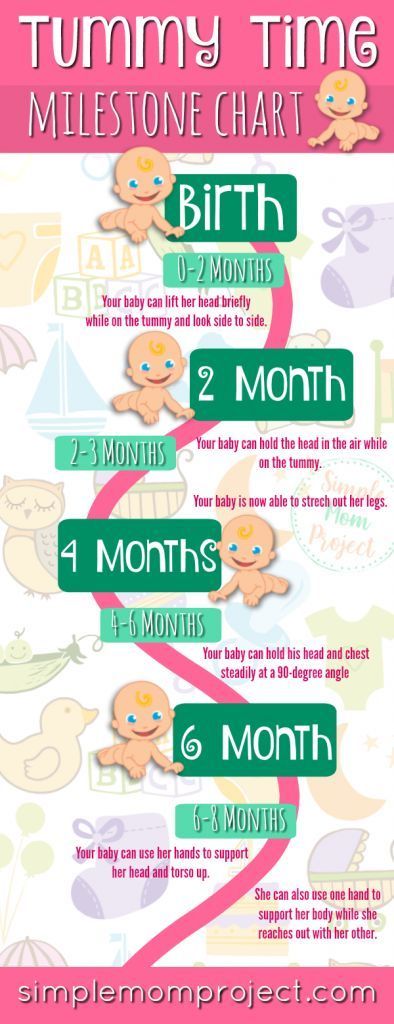 4 ml)
4 ml)
General Information: Above is a sample menu for a 9 month old baby. Remember that babies will let you know when they are full and may not eat everything offered. It is important to continue offering at least 24 ounces (720 ml) of breast milk or formula daily.
Quick Meal & Snack Ideas
Feeding your baby may seem daunting, but there are ways to simplify the process so you don't have to spend a lot of time preparing and preparing food.
Here are some fast food and snack ideas for your 9 month old:
Quick and easy breakfast ideas
- scrambled eggs or veggie omelet with soft fruit and whole wheat toast with avocado.
- French toast made with one egg and sprinkled with cinnamon, plain whole milk yogurt and applesauce with no added sugar.
- curdled milk, whole milk yoghurt or whole milk curd mixed with soft fruits and chirios
- Fixed flakes mixed with nut oil and fragmented fruits
Fast and light ideas for lunch or dinner
Quick and easy snack ideas
- soft cooked vegetable finger foods such as asparagus, cauliflower, broccoli, carrots or potatoes with tomato crackers avocado
- soft or cooked fruits such as bananas, ripe peaches, strawberries or boiled pears
- diced cheese
- plain whole milk yogurt
- Whole milk cottage cheese
- hard boiled eggs
General information: Feeding your 9 month old baby can be overwhelming and time consuming.
Having a few ideas for quick and easy meals in your back pocket is a good idea.
Feeding tips for your 9 month old
Cooking
Cooking is a great way to save time and set yourself up for an easier week. If you can, try planning some meals and preparing them ahead of time so you can reheat them during the week instead of cooking every day.
Here's to you: The Mediterranean Diet: A Beginner's Guide and Meal Plan
By the time your baby is 9 months old, he will be able to eat a lot of what you eat. When you're preparing food for yourself or the rest of the family, see what you can do to make it convenient for your child. Here are a few tips:
- Don't add salt until you've split the serving into your baby's first servings.
- Cut food into safe sizes for your baby to consume.
- If you are using a spicy or high sodium seasoning, save some baby food before adding it.
- Check the texture of the food yourself to make sure it's soft enough for your baby.
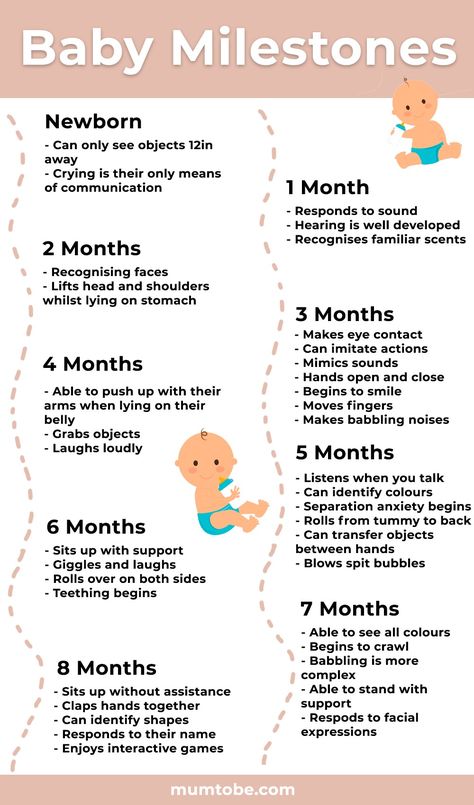 Pinch the food between your fingers - this is a great way to see if he can flatten it with his gums.
Pinch the food between your fingers - this is a great way to see if he can flatten it with his gums.
To reduce the risk of choking, cut food small enough for them to grab and bite, but not so small that they can swallow it whole. Some raw fruits and vegetables, such as apples and carrots, are also a choking hazard because they are too hard to crack.
Food safety
It is important to prepare your baby's food using safe cooking methods to reduce the risk of foodborne illness.
Wash hands and change cutting boards when handling raw meat to avoid cross contamination. Cook meat, fish and eggs to a safe temperature of 145-165°F (62.8-73.9°C) depending on the type of food.
Be sure to refrigerate food soon after cooking to preserve it. It's also good practice to date leftover food so you know when to throw it away. Most products keep for several days in the refrigerator or 1-2 months in the freezer.
Allergens
By the time your child reaches this age, you may already be introducing some common allergens such as peanut butter, eggs and fish.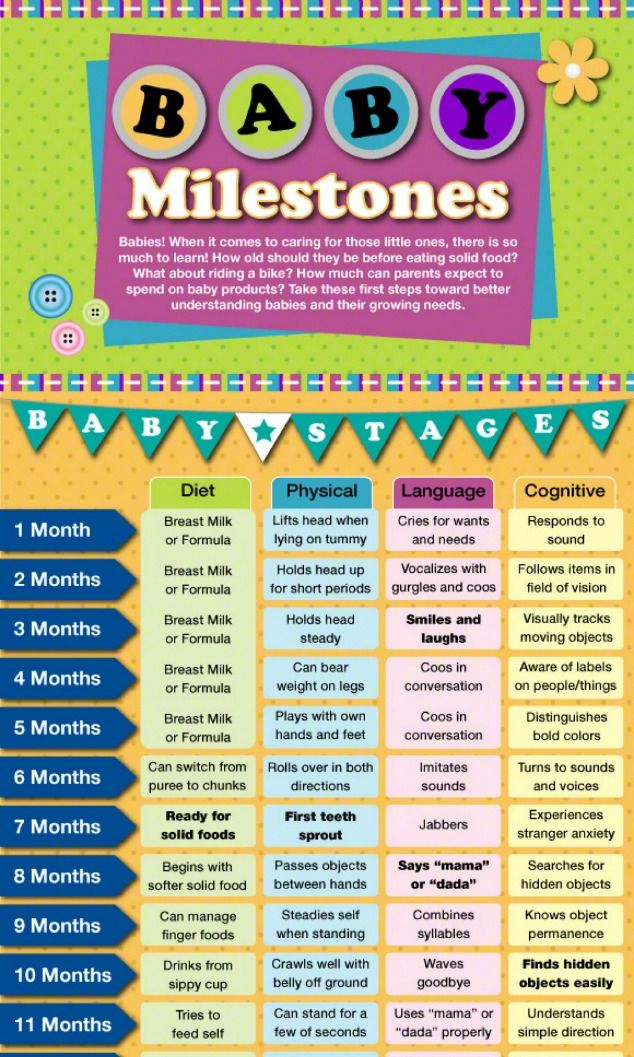 If you haven't, now is the time, as introducing these foods early can help prevent allergies.
If you haven't, now is the time, as introducing these foods early can help prevent allergies.
Here are the top 18 healthy foods for fast weight gain
It's a good idea to administer allergens one at a time and wait a few days in between so you can watch your child for a possible reaction.
Signs of an allergic reaction include:
- wheezing or cough
- edema of the lips or throat
- Handy
- Itching of the skin or rash
- diarrhea, vomiting or other signs of stomach disorders
Call the pediatrician, if you notice the features a mild allergic reaction such as a rash or upset stomach. Call 911 if symptoms are more severe, such as if you suspect anaphylaxis, which usually includes wheezing, hives, drooling, and drowsiness.
Packaged foods
Offering packaged foods to your baby can be a convenient way to feed him when you're short on time. We recommend offering a variety of whole foods whenever possible, but having some packaged foods in your pantry can come in handy.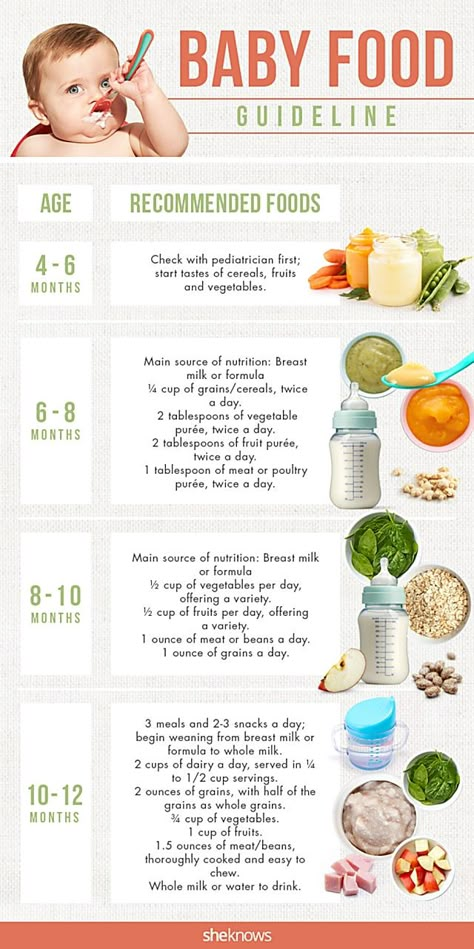
When shopping for packaged baby foods, look for foods that are low in sodium, added sugars, additives, and preservatives. Also, make sure they don't contain foods that should be avoided in the first year of life, such as honey.
Finally, remember that mealtime should be a fun, stress-free experience. Try not to force your child to eat more if he shows signs of satiety. If he refuses food, you can try offering him another time.
Re-experiencing new foods and maintaining a stress-free environment encourages babies to eat.
General Information: Proper handling, preparation and storage of foods for your child will help prevent choking and possible foodborne illness. Do your best to make mealtime fun and easy, and let your child decide how much to eat.
Resume
With so many exciting changes and challenges that come with raising kids, thinking about and preparing healthy meals and snacks for your 9-month-old baby can seem like a daunting task.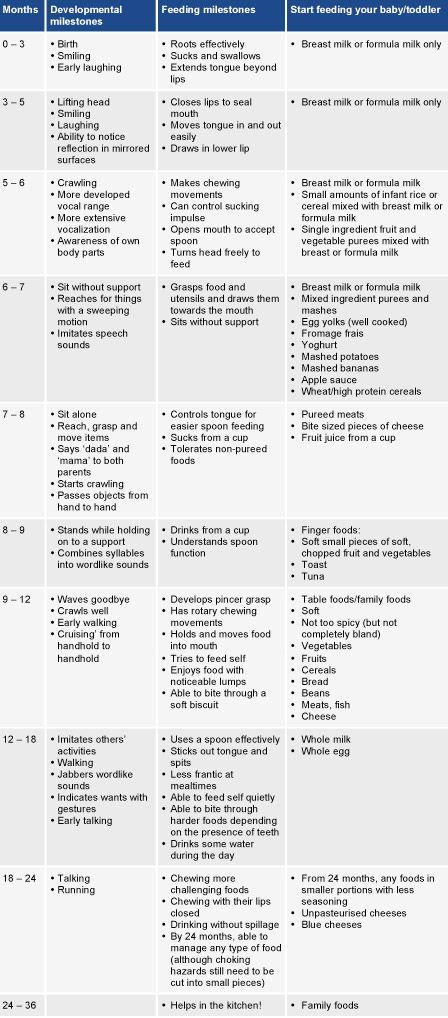
We offer you: Breastfeeding Diet: What to Eat While Breastfeeding
By planning and having a few meal ideas, you can create healthy, balanced meals for your baby in less time.
Preparing some foods ahead of time and creating your own child-friendly meals can save you the time and stress of preparing more than one meal.
While 9-month-olds can eat most of the foods you eat, some foods should be avoided, including honey, salt, added sugars, and undercooked or unpasteurized foods.
Proper handling, preparation and storage of your baby's food will significantly reduce the risk of foodborne illness. Be sure to cut your baby's food into safe-shaped pieces and offer appropriate textures to reduce the risk of choking.
Topics
View all articlesall about growth spurts in a child — ON Clinic Medical Center blog
A situation familiar to every parent: a week ago, children's clothes were just right, and today they are treacherously small.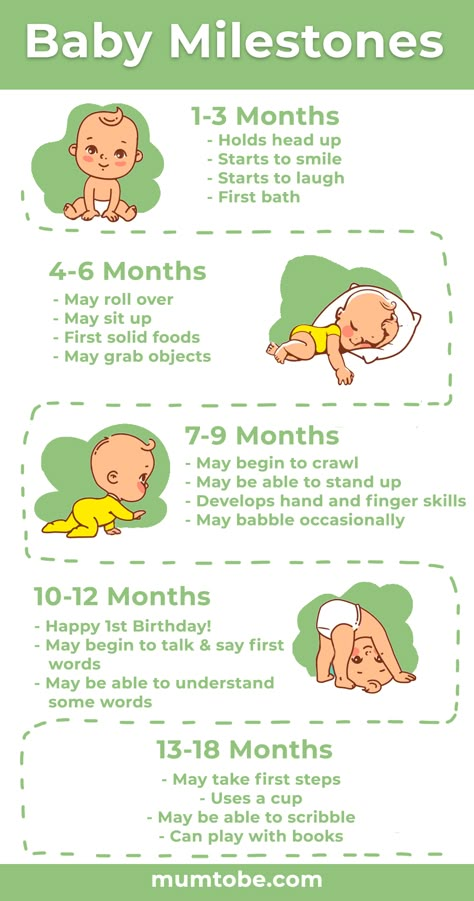 Well, most likely the child had a growth spurt, and it's good that you noticed it only after the fact.
Well, most likely the child had a growth spurt, and it's good that you noticed it only after the fact.
After all, sometimes during such periods, the behavior of children changes dramatically ... How to determine when a growth spurt occurs and help the child cope with it calmly, the doctors of the children's departments of the ON Clinic network of medical centers will tell.
What are growth spurts?
From infancy to adolescence, children experience regular growth. Each baby is unique and grows at its own pace until they reach full physical maturity at 15-20 years of age. However, as children grow older, they experience what are known as growth spurts—a rapid increase in height and weight over a short period of time.
Tatyana Syrbu, pediatrician at ON Clinic Kharkiv Medical Center, will tell you more about the causes of such phenomena:
“Due to the nutrients that a child receives from food, his bones, muscles and joints actively grow.
Moreover, this does not always happen evenly, and often parents notice rapid changes when they put on clothes for a child that were still in size last week, but today they have already become small. The growth rate, the intensity of the jumps and how quickly the baby reaches its maximum height is determined by the genes inherited from the parents.
Do not confuse growth spurts and development milestones! Yes, they often coincide in time, but they are completely different concepts. The fact is that growth spurts in infants and older children are periods of intensive growth associated only with physical development.
But milestones (or leaps) in development are actions and skills that a child masters at a certain stage of his development. Development milestones focus on how your child thinks (cognitive and language skills), plays (social and emotional skills), and moves (motor skills). They are often associated with age-related crises in children, which just occur against the background of active mental development.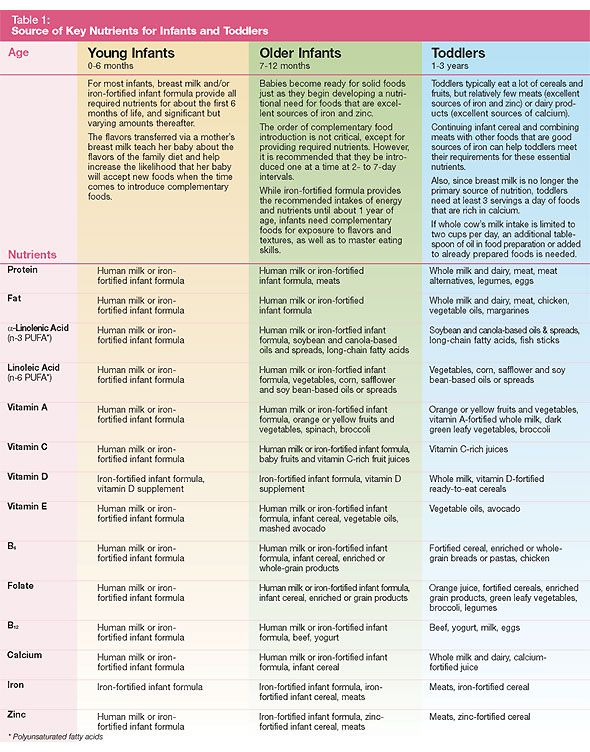
When do growth spurts occur?
Growth spurts occur at different stages depending on the age of the child:
- Infancy. In the first two years, the child will noticeably gain weight and grow by an average of 25 cm. Moreover, growth spurts in children under one year old will be the most intense: they occur at about 1-3 weeks, 6 weeks, 3 months, six months and 9 months. Growth spurts after a year are less common, but are also accompanied by rapid physical development.
- Childhood. From preschool to puberty, a child's diet and eating habits change greatly, making growth slow and steady. Usually by the age of 3.5 years, the child doubles its height from birth. Thereafter, adulthood is followed by a regular and approximately uniform increase in height and weight each year until adolescence.
- Adolescence. Growth spurt in adolescents occurs at about the same time as puberty: for girls - at 9-15 years old, for boys - at 12-17 years old. During this period, they grow by about 9-10 cm.

Of course, these age limits are only approximate, and the development of each child is individual. You can not adjust the development of the child under a certain schedule of growth spurts. If your child is eating normally, feels good, but his development does not correspond to the monthly growth tables, this is not a reason to panic. But if you are still worried, you can contact your pediatrician.
Signs of a growth spurt in a child
Is it possible to understand from the child's behavior that he or she has experienced a growth spurt? Yes and no. The answer largely depends on the age of your child: the older the children, the less pronounced their behavioral changes.
However, growth spurts in infants and preschool children can often be identified. Natalia Ovcharenko, pediatrician at the ON Clinic Mykolaiv medical center, will tell about their characteristic features:
the child is more likely to wake up at night to snack on milk or formula from a bottle.
Toddlers and preschoolers during such periods become more capricious and picky about food, often they can ask to eat only certain foods. Growth spurts usually go away with no visible change in behavior as adults."
As you can see, all signs of a growth spurt of 3 months and all subsequent ones are closely related to each other. But still fundamental among them is increased appetite, since sleep problems and whims can be associated with anything from overexcitement to colds and other diseases.
Growing pains in children
Alas, signs of growth spurts in children are not always limited to behavioral changes. It happens that during this period there are so-called growing pains. Olga Chvertka, pediatrician at ON Clinic Poltava Medical Center, will tell you more about them:
“During periods of active growth, the child may feel dull pain in the legs, especially in the calves, knees and front of the thighs. This symptom is called growing pains, although it is quite controversial from the point of view of medicine.
These sensations are not directly related to the growth process, however, growing muscles and bones are more “tired” after prolonged activity, which is why pain occurs. Often they are reported by children aged 2-3 years and adolescents.
Dull pain in the legs may be associated with active play and high load on growing limbs, but if it persists for several days, it is worth contacting a pediatrician. He will examine the child and prescribe additional examinations to rule out the development of juvenile arthritis, rheumatological diseases, infections, fractures and other orthopedic problems.
How to help a child during growth spurts?
When a child is disturbed by something, parents have an understandable desire to alleviate their condition. But whatever one may say, growth spurts are part of physical development that you just need to experience. However, you can do everything in your power to keep your child comfortable:
- babies and toddlers.
